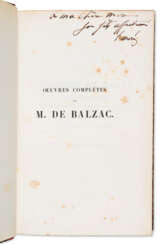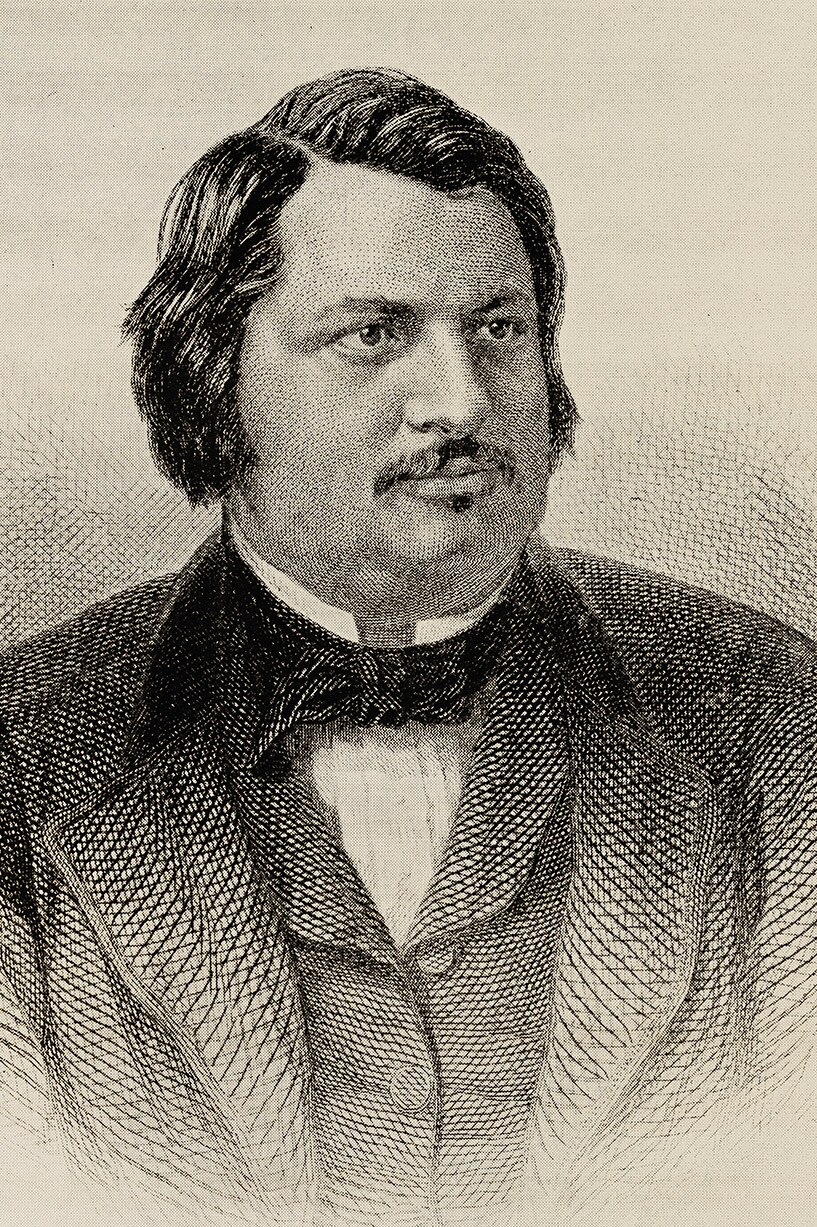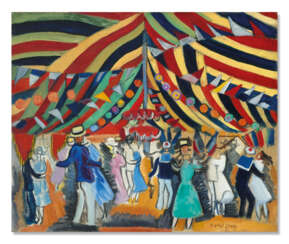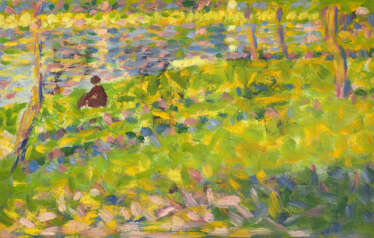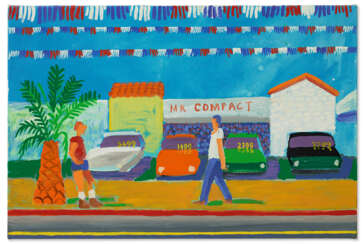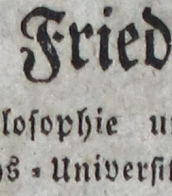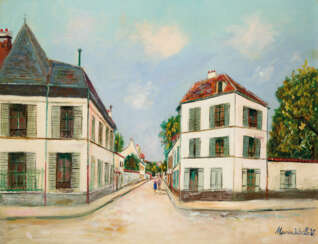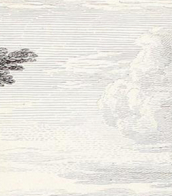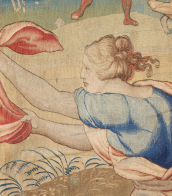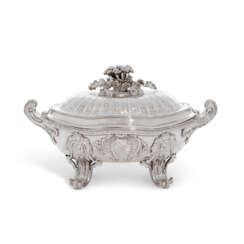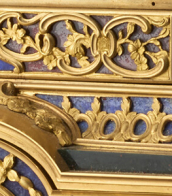andré evard
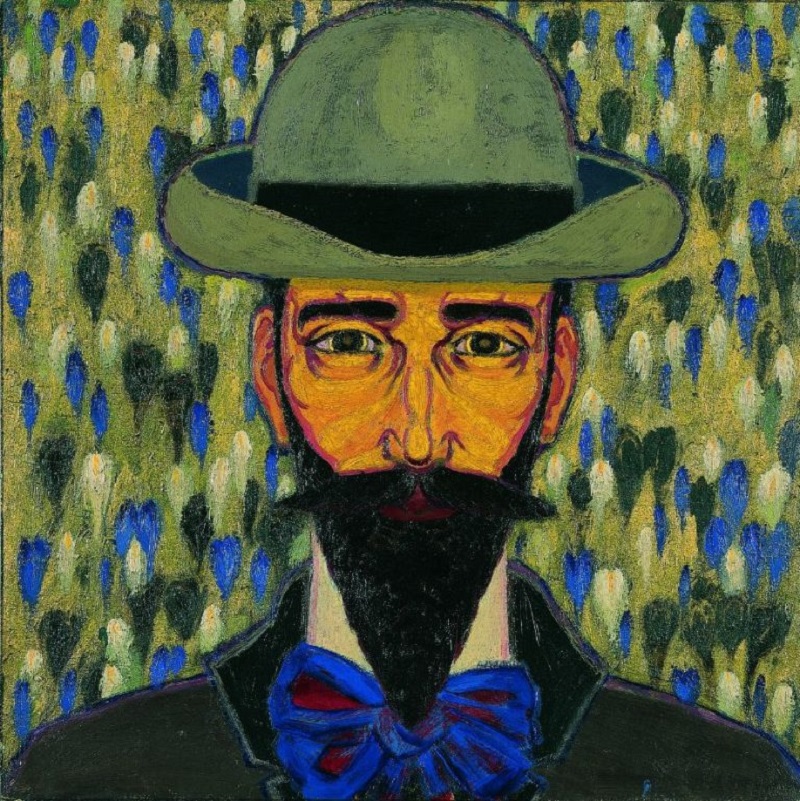
André Evard was a Swiss painter and drafter. His special significance lies in the field of constructive art. He is counted among the first artists who did not work figuratively. In the course of his life he produced hundreds of oil paintings, a large number of drawings as well as approximately 2000 to 3000 watercolor and gouache paintings.
André Evard's work is difficult to classify in the categories of art history. He was not committed to any particular style, but rather reverted to the past, mixed styles and invented something new. Art Nouveau, Cubism, and geometric-constructive abstractions all define his work. While in Paris he was part of the avant-garde, he later repeatedly withdrew to representational painting.
On the one hand, the play of forms and colors leads to highly expressive representational landscapes, on the other hand, fascinating still lifes emerge from the clear reduction, which show unusual color combinations and completely new object-space relationships. In doing so, he always exposed himself to the risk of a stylistic break, which, however, is the special feature of his artistic oeuvre. He painted abstract when hardly anyone painted abstract and returned to representational painting when Abstract art dominated.
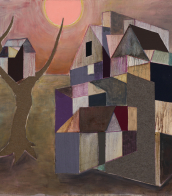

André Evard was a Swiss painter and drafter. His special significance lies in the field of constructive art. He is counted among the first artists who did not work figuratively. In the course of his life he produced hundreds of oil paintings, a large number of drawings as well as approximately 2000 to 3000 watercolor and gouache paintings.
André Evard's work is difficult to classify in the categories of art history. He was not committed to any particular style, but rather reverted to the past, mixed styles and invented something new. Art Nouveau, Cubism, and geometric-constructive abstractions all define his work. While in Paris he was part of the avant-garde, he later repeatedly withdrew to representational painting.
On the one hand, the play of forms and colors leads to highly expressive representational landscapes, on the other hand, fascinating still lifes emerge from the clear reduction, which show unusual color combinations and completely new object-space relationships. In doing so, he always exposed himself to the risk of a stylistic break, which, however, is the special feature of his artistic oeuvre. He painted abstract when hardly anyone painted abstract and returned to representational painting when Abstract art dominated.


André Evard was a Swiss painter and drafter. His special significance lies in the field of constructive art. He is counted among the first artists who did not work figuratively. In the course of his life he produced hundreds of oil paintings, a large number of drawings as well as approximately 2000 to 3000 watercolor and gouache paintings.
André Evard's work is difficult to classify in the categories of art history. He was not committed to any particular style, but rather reverted to the past, mixed styles and invented something new. Art Nouveau, Cubism, and geometric-constructive abstractions all define his work. While in Paris he was part of the avant-garde, he later repeatedly withdrew to representational painting.
On the one hand, the play of forms and colors leads to highly expressive representational landscapes, on the other hand, fascinating still lifes emerge from the clear reduction, which show unusual color combinations and completely new object-space relationships. In doing so, he always exposed himself to the risk of a stylistic break, which, however, is the special feature of his artistic oeuvre. He painted abstract when hardly anyone painted abstract and returned to representational painting when Abstract art dominated.
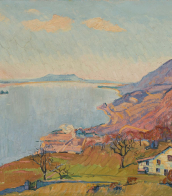

André Evard was a Swiss painter and drafter. His special significance lies in the field of constructive art. He is counted among the first artists who did not work figuratively. In the course of his life he produced hundreds of oil paintings, a large number of drawings as well as approximately 2000 to 3000 watercolor and gouache paintings.
André Evard's work is difficult to classify in the categories of art history. He was not committed to any particular style, but rather reverted to the past, mixed styles and invented something new. Art Nouveau, Cubism, and geometric-constructive abstractions all define his work. While in Paris he was part of the avant-garde, he later repeatedly withdrew to representational painting.
On the one hand, the play of forms and colors leads to highly expressive representational landscapes, on the other hand, fascinating still lifes emerge from the clear reduction, which show unusual color combinations and completely new object-space relationships. In doing so, he always exposed himself to the risk of a stylistic break, which, however, is the special feature of his artistic oeuvre. He painted abstract when hardly anyone painted abstract and returned to representational painting when Abstract art dominated.


André Evard was a Swiss painter and drafter. His special significance lies in the field of constructive art. He is counted among the first artists who did not work figuratively. In the course of his life he produced hundreds of oil paintings, a large number of drawings as well as approximately 2000 to 3000 watercolor and gouache paintings.
André Evard's work is difficult to classify in the categories of art history. He was not committed to any particular style, but rather reverted to the past, mixed styles and invented something new. Art Nouveau, Cubism, and geometric-constructive abstractions all define his work. While in Paris he was part of the avant-garde, he later repeatedly withdrew to representational painting.
On the one hand, the play of forms and colors leads to highly expressive representational landscapes, on the other hand, fascinating still lifes emerge from the clear reduction, which show unusual color combinations and completely new object-space relationships. In doing so, he always exposed himself to the risk of a stylistic break, which, however, is the special feature of his artistic oeuvre. He painted abstract when hardly anyone painted abstract and returned to representational painting when Abstract art dominated.

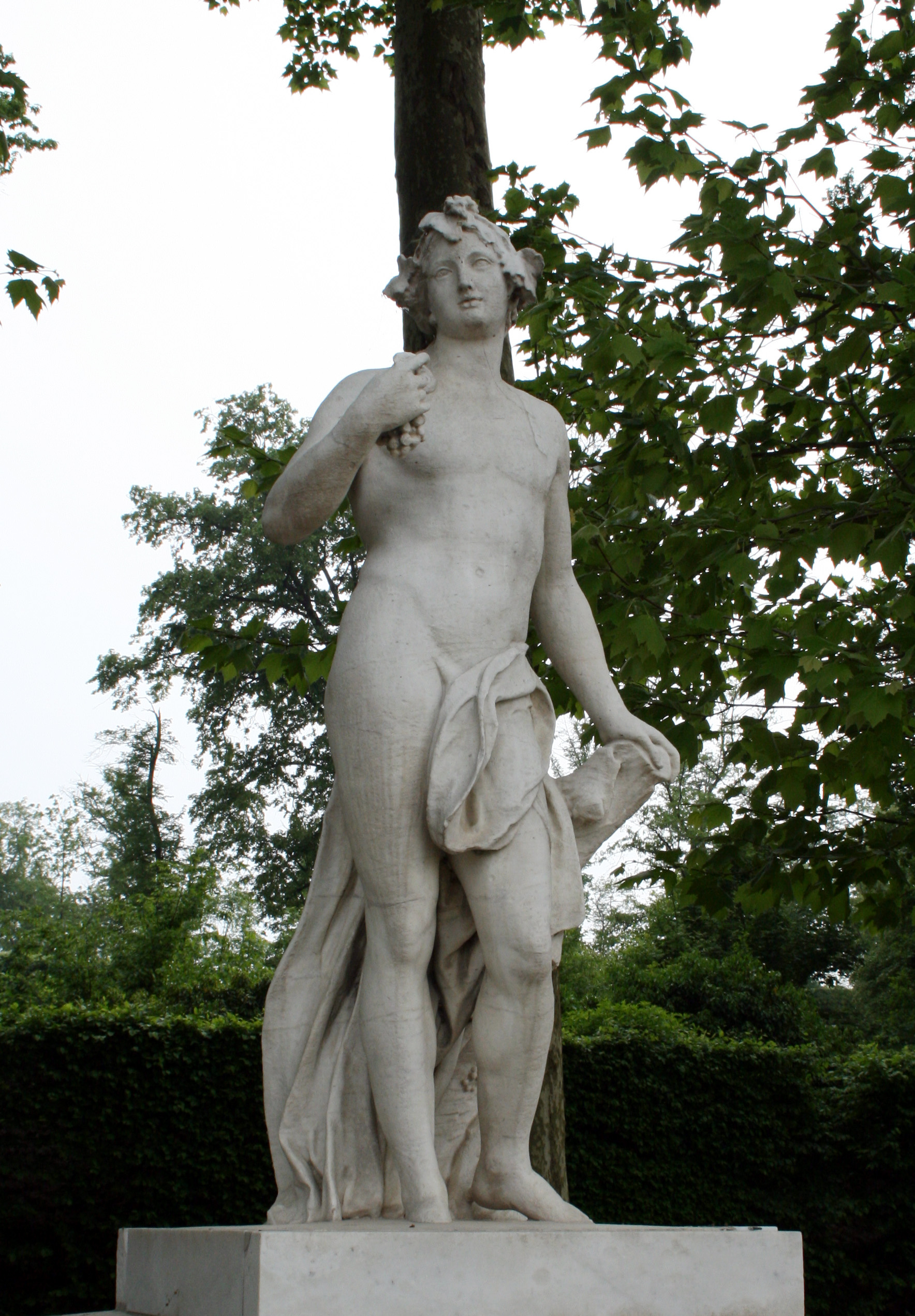


Paul Gauguin, a French artist born in Paris in 1848, is renowned for his significant contributions to Post-Impressionism, Primitivism, and Synthetism. Gauguin's art is distinguished by his experimental use of color and style, which set him apart from the traditional Impressionist movement.
Gauguin's early life was marked by a period in Peru, which influenced his artistic perspective. Initially, he pursued a career in stockbroking but soon turned to art, driven by financial necessity and a growing passion. His artistic journey began under the mentorship of Impressionist artist Camille Pissarro and through exposure to the works of other avant-garde artists.
The hallmark of Gauguin's work is his exploration of non-Western cultures, particularly during his time in Tahiti and the Marquesas Islands. This period saw the creation of some of his most famous works, including "Where Do We Come From? What Are We? Where Are We Going?" His paintings from this era, characterized by vivid colors and Symbolist themes, reflect a fusion of cultural influences and his quest for a "primitive" expression of spiritual and emotional states.
Despite his innovative style, Gauguin struggled with financial difficulties and health issues throughout his life. His work received little recognition during his lifetime, but posthumously, he gained acclaim for influencing modern artists like Pablo Picasso and Henri Matisse.
Today, Gauguin's works are celebrated in galleries and museums worldwide for their unique blend of cultural influences and artistic innovation. His enduring legacy is a testament to his unique vision and the profound impact he had on the art world.
Collectors and experts in art and antiques, stay updated on new product sales and auction events related to Paul Gauguin. Sign up now for exclusive updates and immerse yourself in the world of this visionary artist.
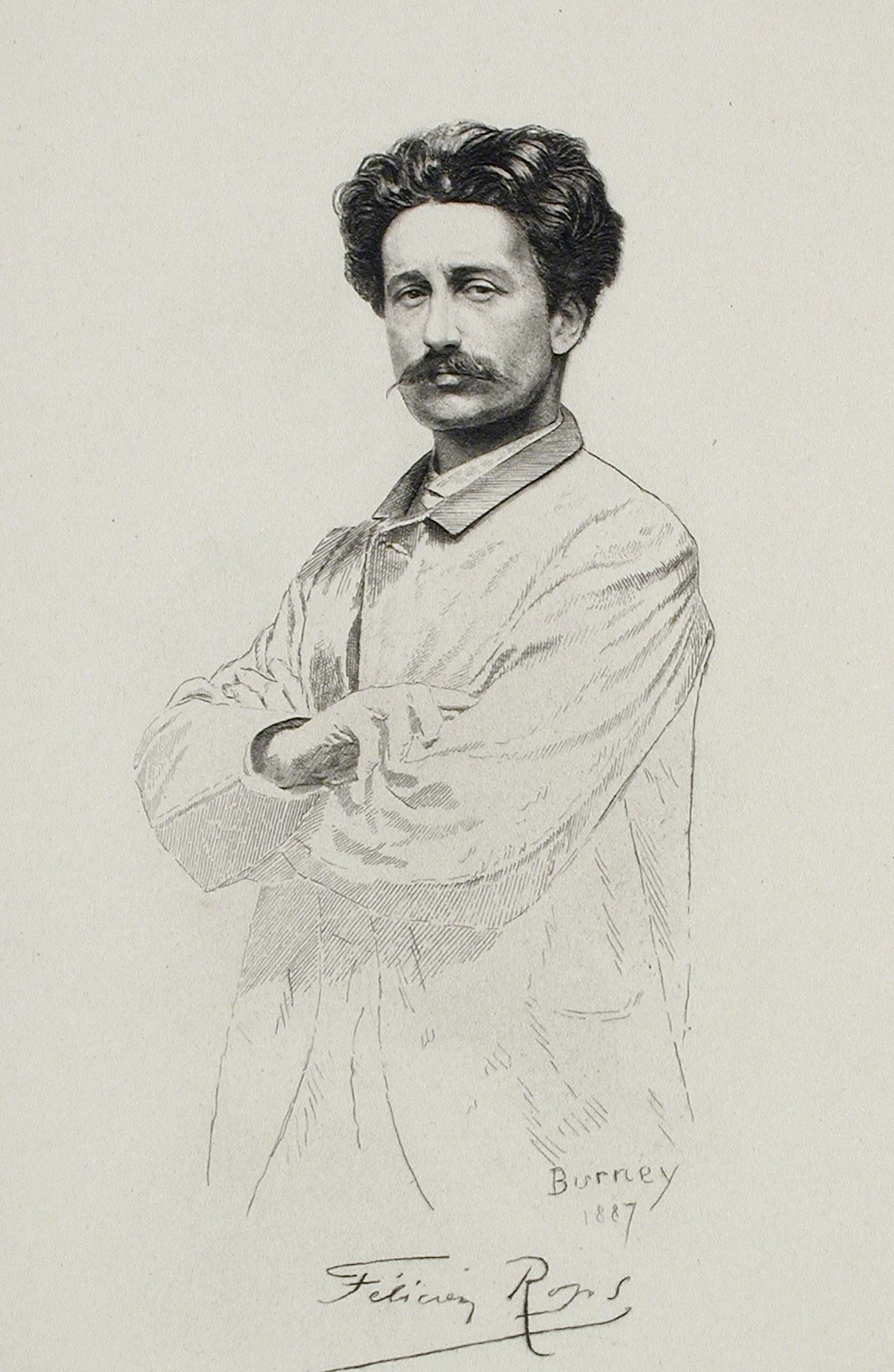
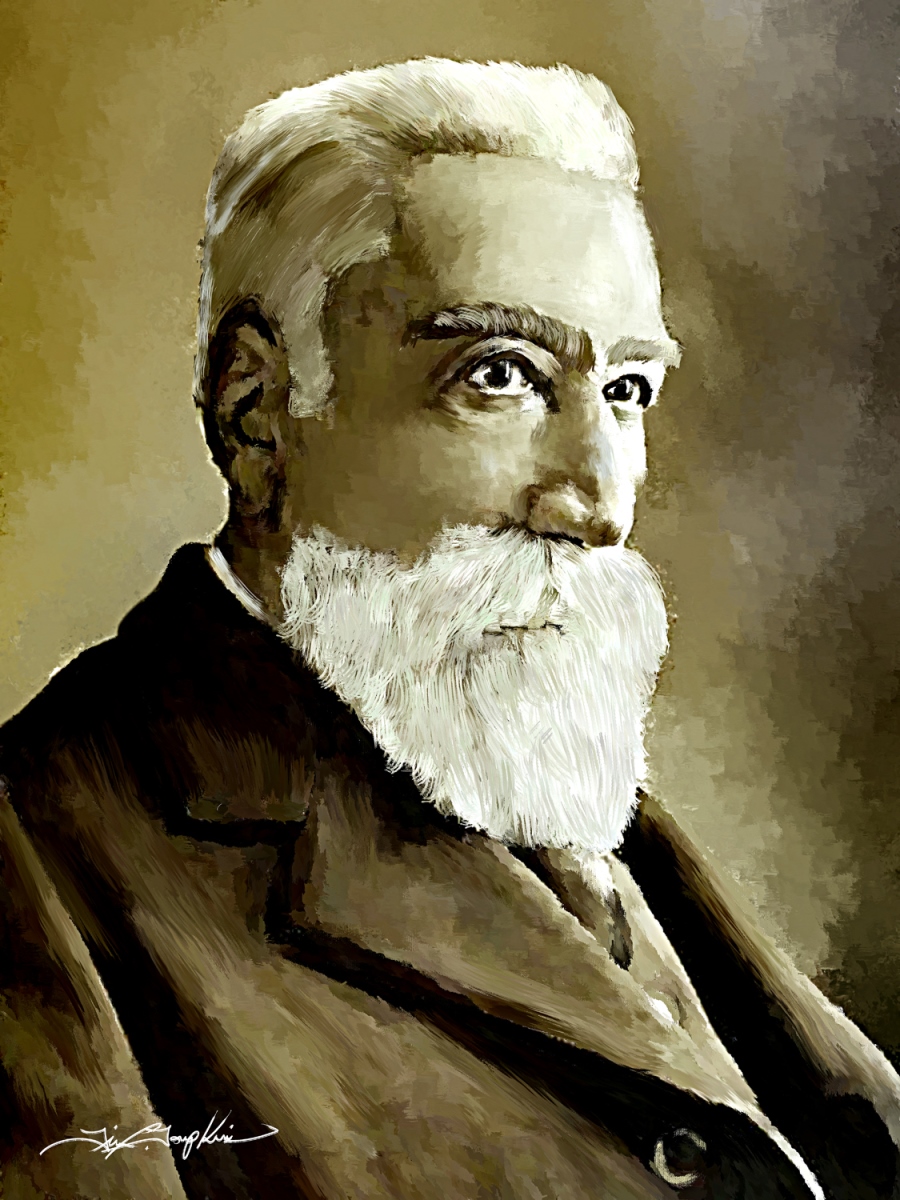


Raoul Dufy, a renowned French artist, is celebrated for his vibrant and decorative style, which left a significant mark in the realms of Fauvism and Post-Impressionism. Born in 1877 in Le Havre, France, Dufy's artistic journey was profoundly influenced by Henri Matisse's Fauvist work "Luxe, Calme et Volupté," which he encountered at the Salon des Indépendants in 1905. This experience steered him towards Fauvism, a style that emphasized bold contours and bright colors.
Dufy's artistic evolution saw him briefly embrace Cubism around 1920, after which he developed a unique approach. This approach, often referred to as stenographic, was characterized by skeletal structures, foreshortened perspectives, and the use of thin, quickly applied washes of color. His works, known for their cheerful and fashionably decorative nature, often depicted scenes of leisure like yachting, the French Riviera, and chic parties, capturing the essence of the period's optimism.
In addition to his painting, Dufy was also a commercial artist, illustrator, and designer, contributing significantly to textile design and public murals. His large-scale public art commissions combined modern and allegorical subjects with exuberant outlines and intense colors, showcasing a modernist take on traditional mural work. Notable works by Dufy include "The Regatta," "The Harvester," and the monumental "The Electricity Fairy," a large mural commissioned for the 1937 World's Fair in Paris.
His works are housed in prestigious public collections worldwide, including the Art Institute of Chicago, the Musée d'Art Moderne de Paris, and the National Gallery of Art in Washington, D.C. Despite his artistic achievements, Dufy's focus on decorative art and the lack of engagement with wider social concerns has led to a varied critical reception of his work. Nonetheless, his contribution to 20th-century art, particularly in popularizing a vibrant and illustrative style, remains undisputed.
If Raoul Dufy's artistry captivates you and you wish to stay informed about the latest artworks, exhibitions, and auction events related to this remarkable artist, we invite you to sign up for our updates. By subscribing, you'll receive timely notifications about new pieces for sale and upcoming auctions. This is a wonderful opportunity for collectors and art enthusiasts to enhance their appreciation and possibly their collections of Dufy's work. Stay connected with the world of art and don't miss any chance to acquire unique pieces by this celebrated artist.

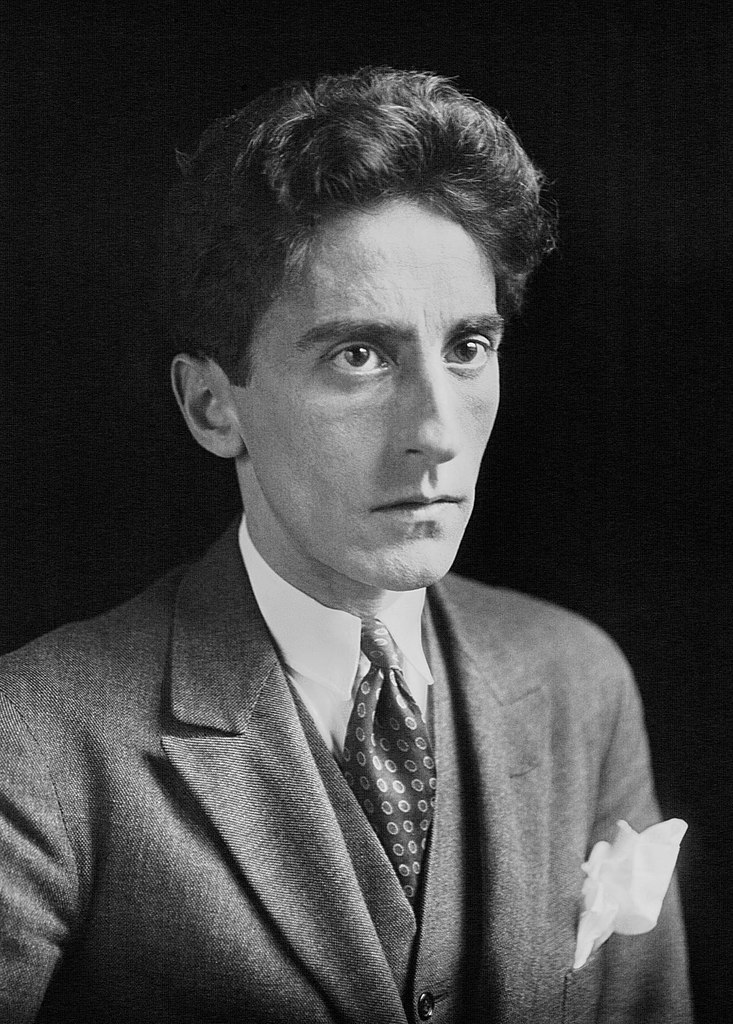
Jean Maurice Eugène Clément Cocteau was a French poet, playwright, novelist, designer, filmmaker, visual artist and critic. He was one of the foremost creatives of the surrealist, avant-garde, and Dadaist movements; and one of the most influential figures in early 20th-century art as a whole. The National Observer suggested that, “of the artistic generation whose daring gave birth to Twentieth Century Art, Cocteau came closest to being a Renaissance man.”
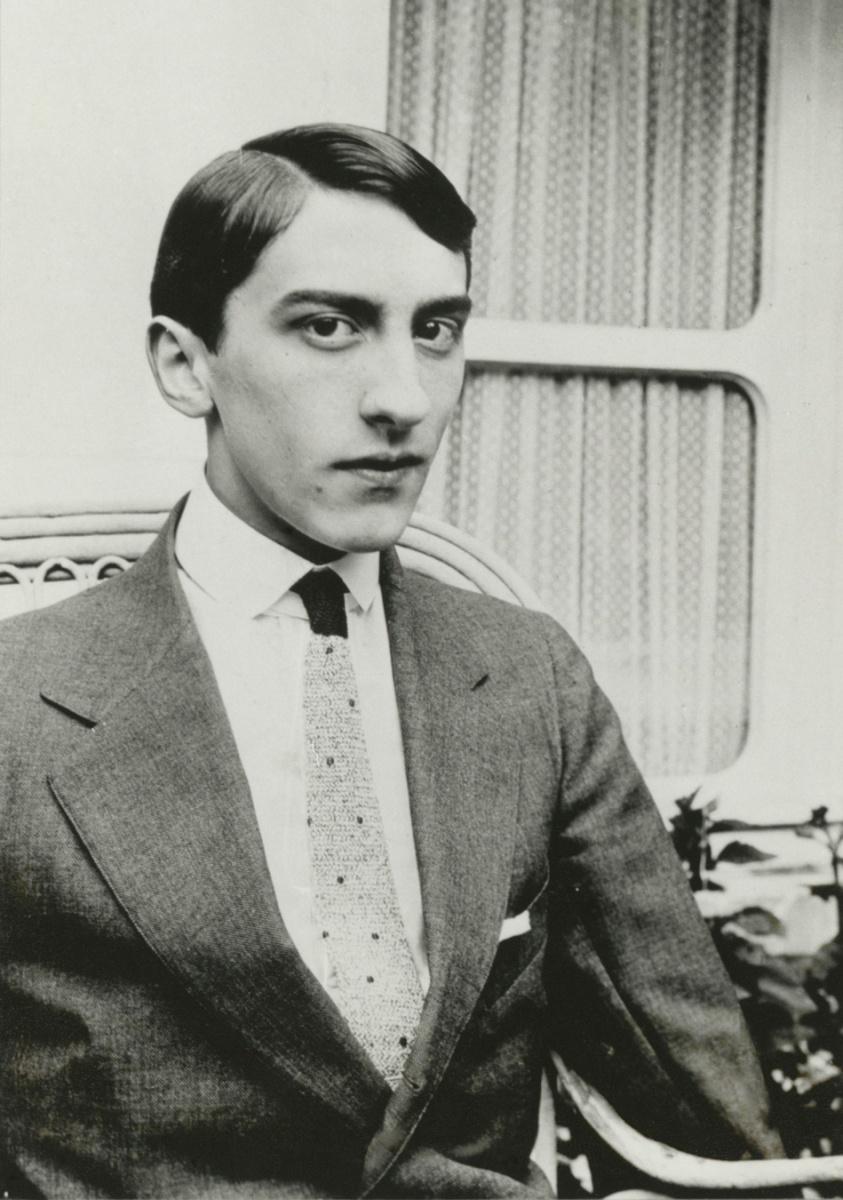

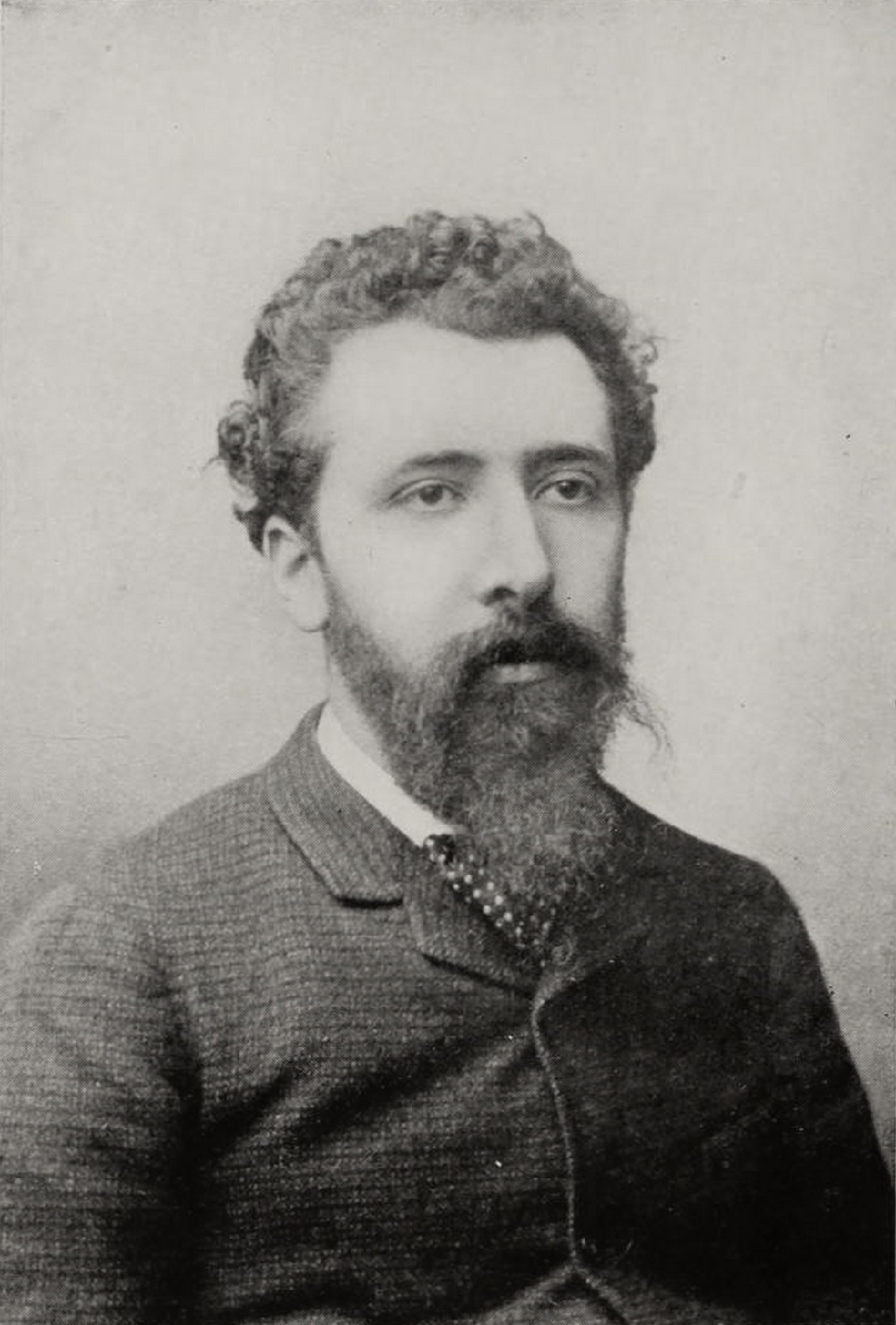
Georges Seurat was a French painter, renowned as the founder of the 19th-century French school of Neo-Impressionism. His groundbreaking technique, Pointillism, involved the use of tiny, contrasting color brushstrokes that, when viewed together, created a luminous quality in his compositions. Seurat's life was a blend of rigorous academic training and innovative artistic exploration.
Born on December 2, 1859, in Paris, Seurat demonstrated an early interest in art. He received formal training at the École des Beaux-Arts under Henri Lehmann, a disciple of the Neo-Classical painter Ingres, where he honed his skills in drawing and composition. Seurat was deeply influenced by color theories and the science of optics, which became central to his artistic approach. He was particularly inspired by the work of Michel-Eugène Chevreul and Ogden N. Rood, whose writings on color contrast and harmony greatly influenced his painting technique.
One of Seurat's most famous works, "A Sunday Afternoon on the Island of La Grande Jatte" (1884–1886), showcased his Pointillism technique. This painting, now housed in the Art Institute of Chicago, portrays members of different social classes engaged in various activities in a park setting. The work is notable for its use of small, juxtaposed dots of multi-colored paint, which allow the viewer's eye to blend colors optically. This technique was a significant departure from the traditional methods of color mixing on the canvas.
Another notable work by Seurat is "Bathers at Asnières" (1884), displayed at the National Gallery in London. This large canvas depicts young men relaxing by the Seine in a working-class suburb of Paris. The painting reflects Seurat's neoclassical training, with its smooth, simplified textures and carefully outlined figures.
Seurat's final painting, "The Circus" (1890-91), represents a shift to a more dynamic representation of movement and is typical of his late style. Unfortunately, Seurat's life was cut short when he died suddenly in March 1891, leaving "The Circus" unfinished. This painting is now part of the collection at the Musée d'Orsay in Paris.
Seurat's innovative techniques and his exploration of color theory and optics had a lasting impact on the art world, influencing subsequent generations of artists. His work remains a testament to the fusion of scientific principles with artistic expression, making him a pivotal figure in the transition from Impressionism to Post-Impressionism and modern art.
For those captivated by the genius of Georges Seurat and his revolutionary art, there's an exclusive opportunity waiting for you. By signing up for our updates, you'll be the first to know about new product sales and auction events related to Seurat's works and legacy. This subscription is tailored for enthusiasts, collectors, and experts in the field of art and antiques, ensuring you receive only the most relevant and curated information. Don't miss out on the chance to enhance your collection and deepen your understanding of Seurat's impact on the art world. Sign up now and stay ahead in the world of fine art and antiques.

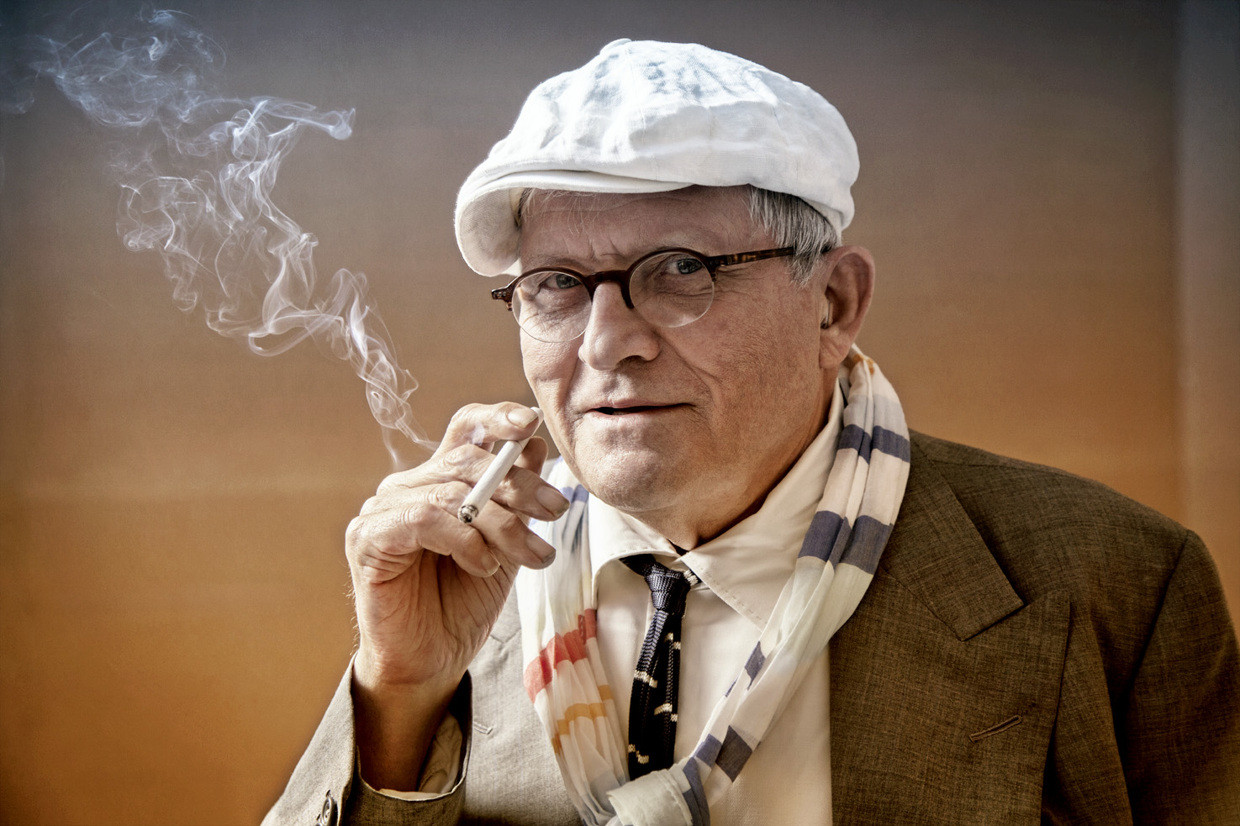
David Hockney, a British artist, has been a prominent figure in the art world for over six decades, renowned for his contributions to painting, drawing, printmaking, photography, and video art. His exploration of these mediums has made significant impacts on the Pop Art movement and beyond, making him one of the most influential artists of the 20th and 21st centuries. Hockney's work is celebrated for its vibrant color palette, emotional depth, and innovative use of technology in art.
One of Hockney's most distinctive features is his ability to blend traditional techniques with modern technology, notably in his iPad drawings and photographic collages. This fusion not only showcases his skillful adaptation to contemporary mediums but also highlights his ongoing quest to explore the nature of seeing and representation in art. Hockney's landscapes and portraits, characterized by their bright colors and meticulous detail, invite viewers to see the world through his unique perspective.
Significant works by Hockney, such as "A Bigger Splash" and "Portrait of an Artist (Pool with Two Figures)," are housed in major museums and galleries worldwide, attesting to his global influence and appeal. These pieces, among others, demonstrate Hockney's mastery over space, light, and narrative, securing his position as a pivotal figure in modern and contemporary art.
For collectors and experts in art and antiques, Hockney's oeuvre presents a fascinating study in the evolution of visual arts. His work not only offers insight into the artist's personal vision but also reflects broader cultural and technological shifts in society. As interest in Hockney's art continues to grow, keeping abreast of new sales and auction events becomes increasingly valuable.
To stay informed about the latest David Hockney sales and auction events, sign up for our updates. This subscription ensures that you receive timely notifications about new product sales and auction events related to David Hockney, offering unique opportunities for collectors and enthusiasts alike.

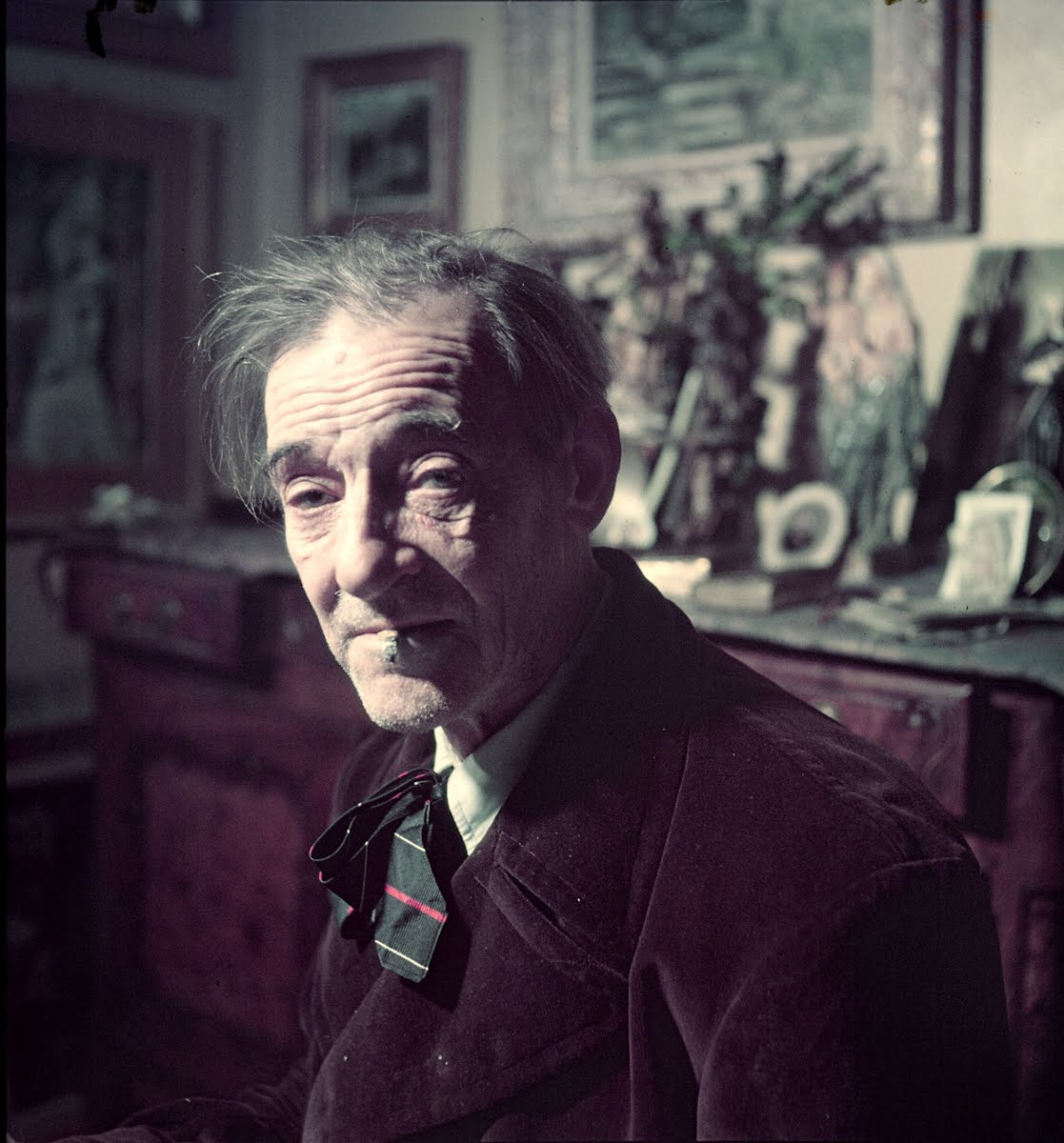
Maurice Utrillo was a French painter, celebrated for his depictions of cityscapes, particularly of the Montmartre district in Paris. His unique approach to painting, characterized by a vivid portrayal of urban landscapes, has captivated art collectors and experts alike. Utrillo's work is notable for its distinct use of color and perspective, offering viewers a glimpse into the picturesque and often serene streets of Montmartre. Despite challenges in his personal life, including struggles with alcoholism, Utrillo's artistry remained undiminished, showcasing his profound connection to the city he often portrayed from memory or postcards, especially in his later years when his health declined.
Utrillo's paintings are a testament to his skill in capturing the essence of Parisian life, with works such as "La Rue Norvins à Montmartre" and "Place du Tertre" highlighting his ability to blend color, light, and architecture into harmonious compositions. His "White Period" is particularly renowned, during which he used white zinc and sometimes plaster to achieve a unique texture and depth in his paintings. This period signifies a pivotal moment in Utrillo's career, marking a departure from Impressionism towards a style that emphasized the structural and geometric aspects of his subjects.
Utrillo's contributions to art extend beyond his innovative techniques and stylistic evolution. His life story, marked by periods of intense struggle and creativity, adds a layer of depth to his works, inviting viewers to explore not only the streets of Montmartre but also the complex landscape of the artist's inner world. His paintings, many of which are now housed in prestigious museums and galleries, continue to attract admiration from around the globe.
For collectors and experts in art and antiques, Maurice Utrillo's works offer a unique investment in the beauty and history of Parisian culture. His ability to capture the spirit of Montmartre, combined with his innovative use of materials and color, makes his paintings a valuable addition to any collection.
If you're passionate about art and wish to stay informed about new product sales and auction events related to Maurice Utrillo, consider signing up for updates. This subscription service is tailored specifically for enthusiasts eager to enhance their collections with works by this remarkable artist, ensuring you're always in the know about opportunities to acquire pieces by Utrillo and related cultural events.





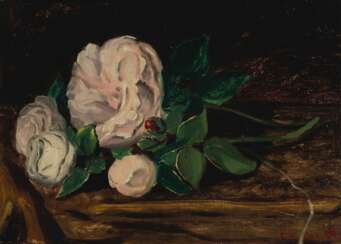



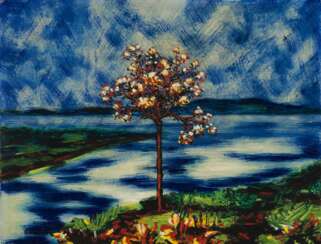

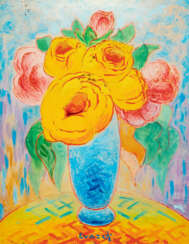

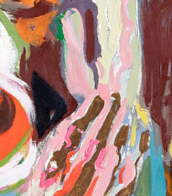
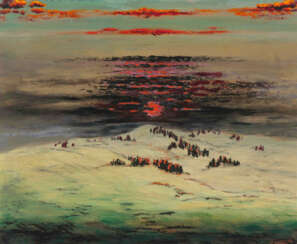

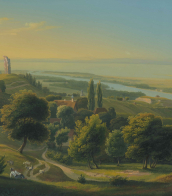
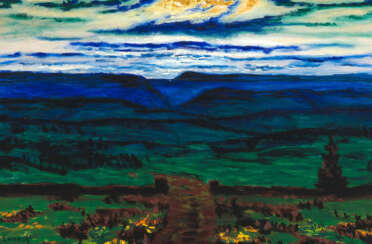

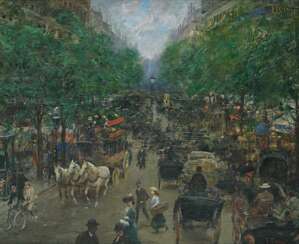

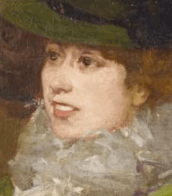
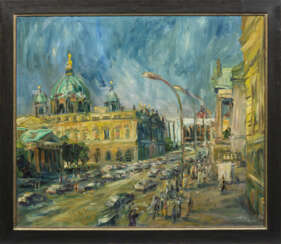

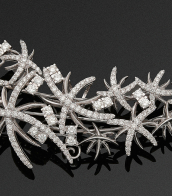
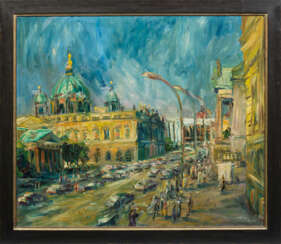

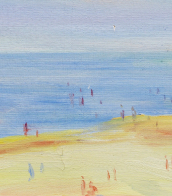



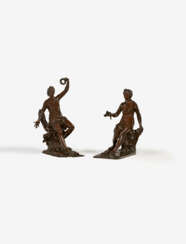

![[REVUES]](/assets/image/picture_3807250/892d8/dc3db82894376503e72508d2fd423b8b1710234000jpg__fix_374_244.jpeg)
![[REVUES]](https://veryimportantlot.com/assets/image/picture_3807250/892d8/dc3db82894376503e72508d2fd423b8b1710234000jpg__fix_374_244.jpeg)
